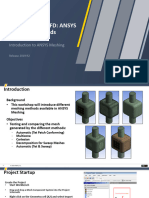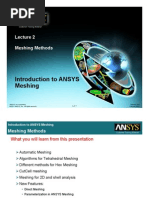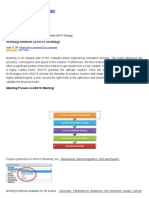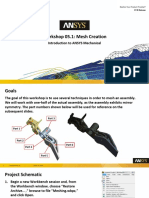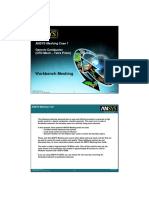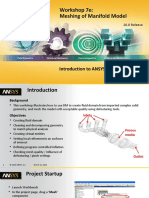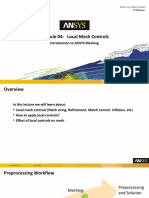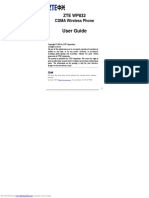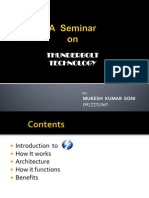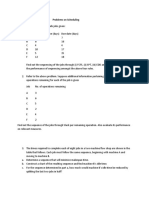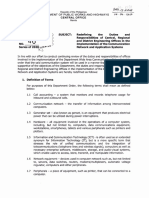0% found this document useful (0 votes)
80 views25 pagesMeshing Methods: Introduction To ANSYS CFD Professional
This document discusses different meshing methods available in ANSYS including tetrahedrons, hex dominant, sweep, and multi-zone meshing. It provides details on the behavior and application of each method.
Copyright
© © All Rights Reserved
We take content rights seriously. If you suspect this is your content, claim it here.
Available Formats
Download as PPTX, PDF, TXT or read online on Scribd
0% found this document useful (0 votes)
80 views25 pagesMeshing Methods: Introduction To ANSYS CFD Professional
This document discusses different meshing methods available in ANSYS including tetrahedrons, hex dominant, sweep, and multi-zone meshing. It provides details on the behavior and application of each method.
Copyright
© © All Rights Reserved
We take content rights seriously. If you suspect this is your content, claim it here.
Available Formats
Download as PPTX, PDF, TXT or read online on Scribd
/ 25






